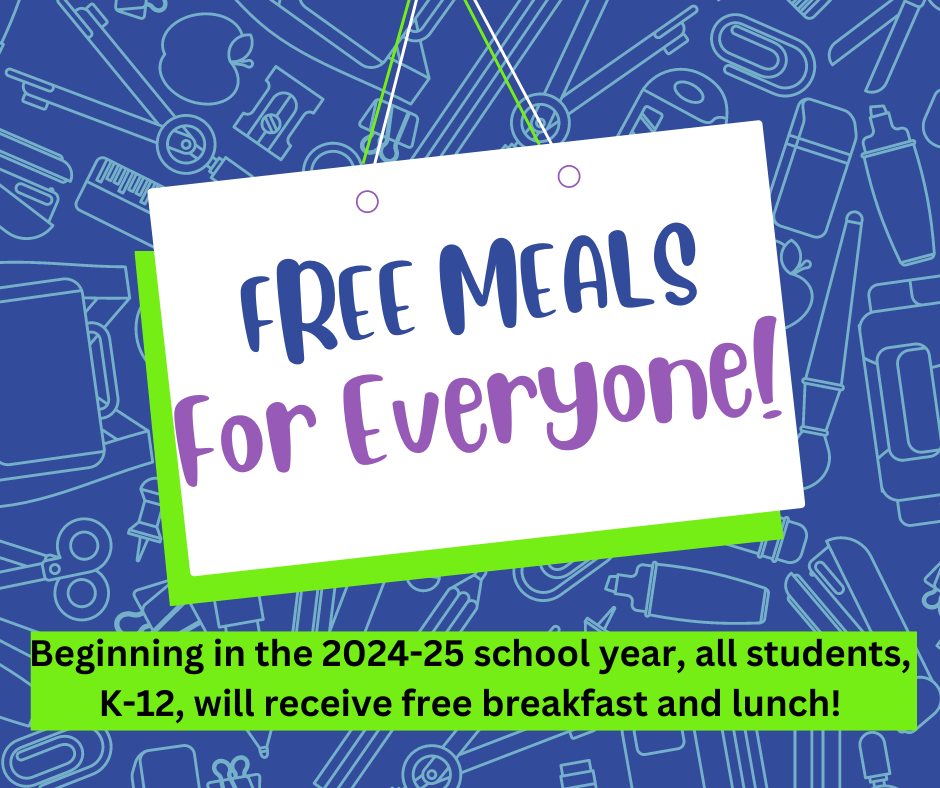By Jerry Curry, Staff Writer
Salem Community Schools announced free breakfasts and lunches for all the students during the next school year.
The question an individual may ask is, “how is this possible?” It not a simple answer. It is the result of a combination of several different government programs.
The program is a part of Community Eligibility Provision (CEP) which is alternative to collecting, approving, and verifying household eligibility applications for free and reduced-price meals for eligibility students in high poverty situations that are enrolled in a local educational agencies (LEAs) that qualifiy for consideration to participate in the National School Lunch and School Breakfast programs. They must go by the following protocol. The USDA looks at the number of directly certified students in the school system.
If the family gets SNAP, TENF (Temporary Assistance for Needy Families) or Medicaid Free this makes the child a directly certified student. Automatically any child that is homeless, migrant farm worker or a foster child is a directly certified student.
Free meals are calculated by this percentage number and then multiplied by 1.6% to get the percentage of students that qualify for free lunches. An example would be if 40% of the students were directly certified then 64% would get free lunches. The reimbursement is $4.33 per meal. If the percentage was 63% x 1.65 would be 100%. The Salem school system presently stands at these figures Elementary 55.7%, Middle school 65% and high school at 41.2%.
The thinking here is if this many are in need of help how can we help the rest? Filling the price gap is 48 cents, again from the USDA.
The Salem Community Nutrition Program Is totally funded and self-sufficient and does not receive any local tax dollars or any funds from the school budget.
No child has not been fed lunch at Salem Schools in a long time. Some times teachers, staff or cafeteria workers would pick up the tab in the past.
The Department of Defense helps in many ways for example they give the $0.36 ½ per meal fed.
Before the free breakfast and lunch program, a supplemental lunch was $2.60. This would be more without government programs. The government figures for lunch are $4.33 per meal.
A big help in this deficit is commodities and procurement. An example of this is if the USDA gave you raw chicken, then they may make a deal with a company like Tyson to make the school chicken nuggets, a child’s favorite dish. The same goes for Red Gold tomatoes. The school system can also buy commodities valued at $80,000 (raw food commodities) for $25,000. This money may come from the government from either the USDA or Department of Defense. Another venue is the State of Indiana may have a surplus of food that they give away if someone changes an order. This example could be if they decide their students don’t like a certain can food.
It’s quite a balancing act for Karen Libka, the school Food Service Director.
Libka said, “I am a math person and our goal is to feed the children.” She credits her staff of 35 to 40 for their thrifty ways. She says you have to order and prepare enough food but not over-order.
This program guarantees that every child is fed a nutritious breakfast and lunch.


